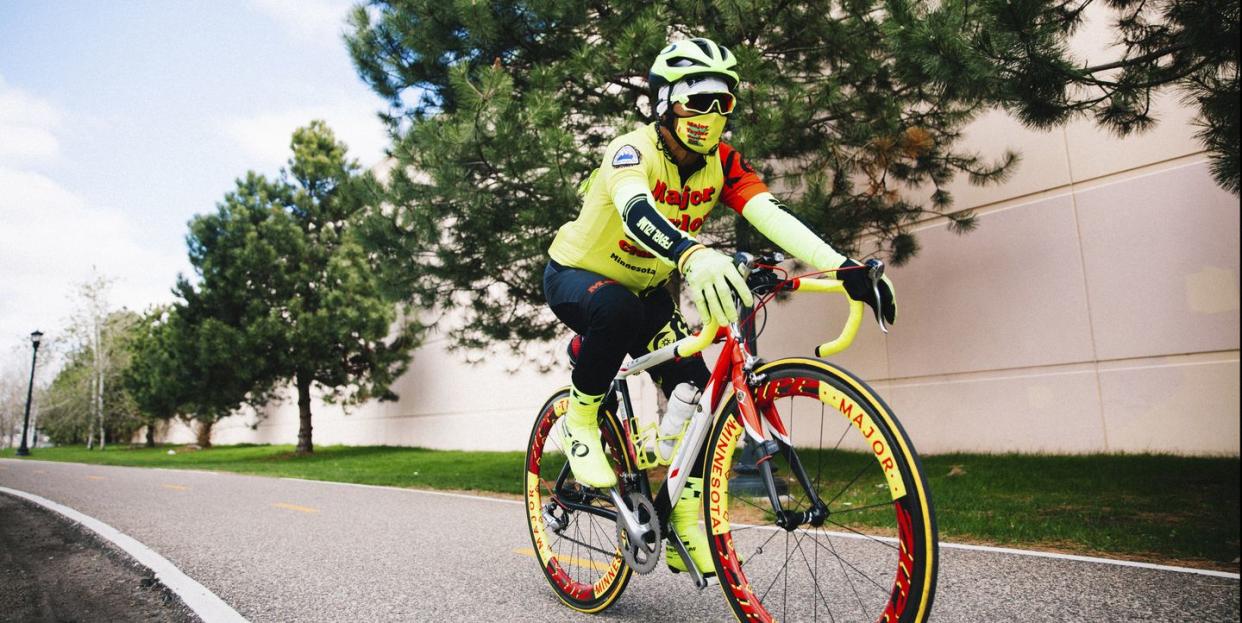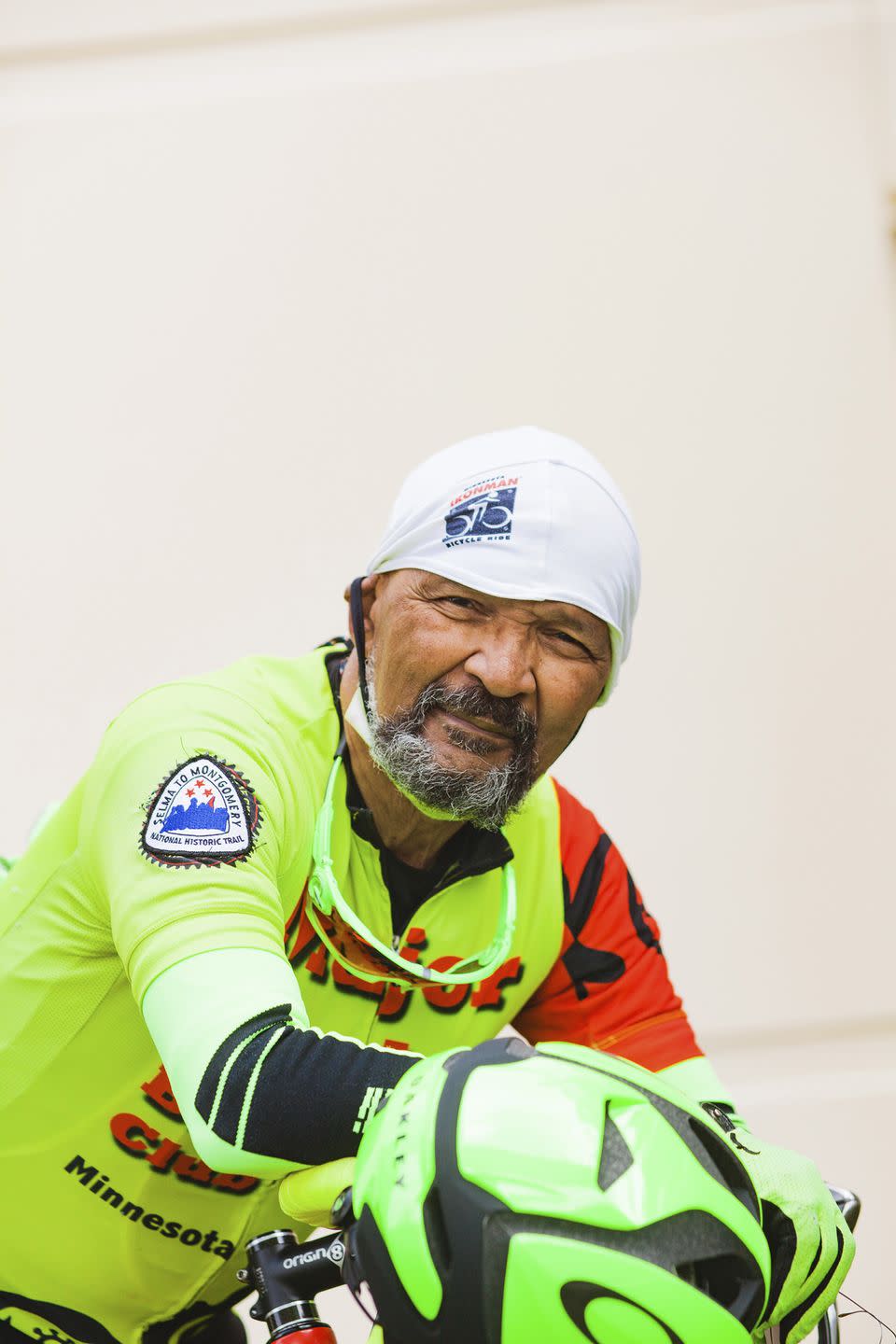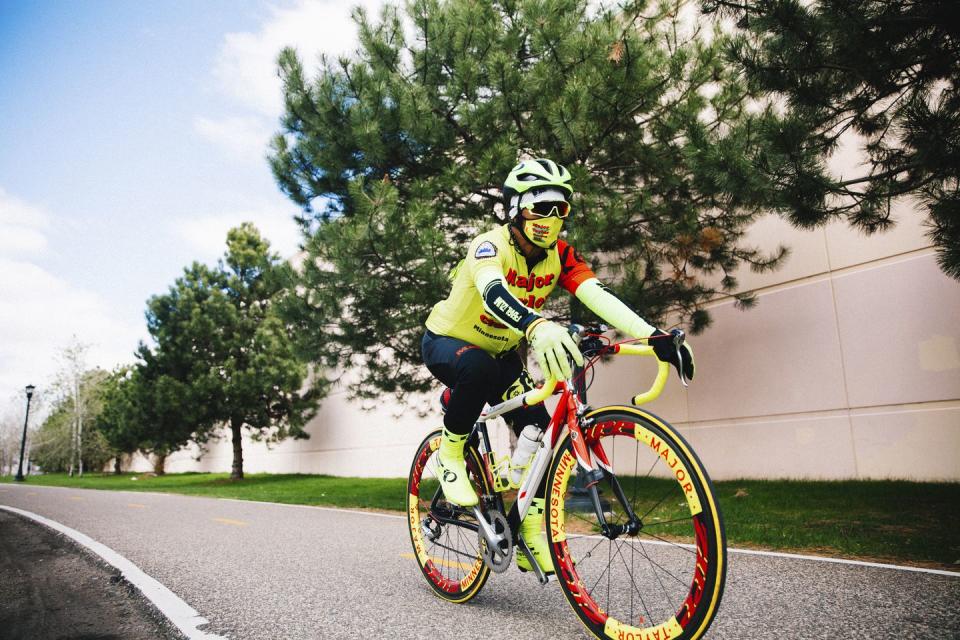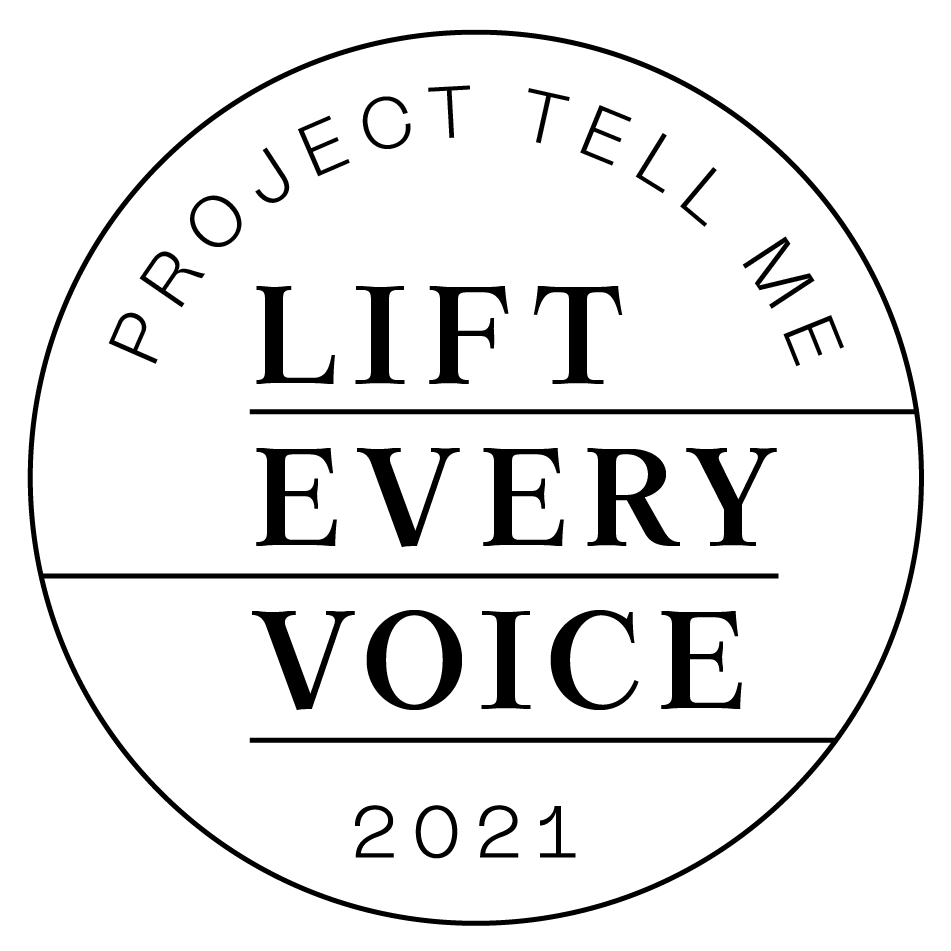At 80, Cyclist Louis Moore Is Still Riding 23 Miles an Hour

“Hearst Magazines and Verizon Media may earn commission or revenue on some items through the links below.”

Interview by Jada Jackson/
Photograph by Nancy Musinguzi
Minneapolis is a utopia of bike lanes, rail trails, and bike shares. It is also, of course, the city where George Floyd was murdered on May 25, 2020, sparking a nationwide reckoning with racism against Black people. Longtime bike advocate Louis Moore is intimately familiar with both sides of the city as well as where and how they intersect. As a champion of the city’s cycling infrastructure and one of the founders of the Major Taylor Bicycling Club of Minnesota, an organization dedicated to promoting bicycle use in the Black communities of Minneapolis and St. Paul, he talked about their mission, the roadblocks he’s faced, and how he’s been inspired by their namesake champion cyclist.
Jada Jackson: How have you infused cycling with activism over the years that you’ve been in the sport?
Louis Moore: Well, I’ll start out by saying my house is located six blocks from the corner where George Floyd was killed. Last summer, we did a ride and came back through the memorial and took a picture that we distributed nationwide through Facebook to let people know that Major Taylor is in full support of justice for George Floyd.
That is an intersection that I had been going through for 50 years, and would go through every Wednesday or Saturday for a club ride. [The intersection is now blocked off with memorials.] To have that happen in the community that I live in and not be able to even go through that area anymore has been very difficult for me.
We’re doing what we can to educate people about what happened and about what’s going on there now, and we’ll continue to do that, but we want to make sure that people understand that this was a very tragic situation that should’ve never happened, and that this is not a true reflection of Minneapolis.
JJ: As a Black cyclist, do you feel like you’ve been racially profiled?
LM: Yeah, it’s definitely an issue. The first year that we were cycling as a club, we had some very loud, screaming yellow jerseys, which we deliberately got because we wanted to make sure everybody saw us.
We were riding down one of the main thoroughfares over here, Park Avenue. We stopped at a light and one of Minneapolis’s finest rode up alongside of us. He rolled down the window and said, “What is this?”
I said, “Well, this is the Major Taylor Bicycling Club.”
He looked for about 30 seconds, then he said, “Well, that’s a different kind of gang” and rolled up the window. The light changed, and he and the officer in the car started laughing and drove off.
So we already had a pretty good idea of what people thought of us. If the police thought of us in that way, what do you think other people were thinking?
When I was doing some bike racing in the '80s and early '90s, I did a one-day race across Minnesota—120 or 130 miles. There were two of us Black cyclists riding together, and I remember passing a group of guys, and one looked over and said, “Wow, I’ve never seen you guys out here on bikes before. I thought you guys just played rap music and basketball,” and I said, “No, we ride bicycles, too,” and we just rode away from them. That gave me my first impression of rural Minnesota’s bicycling community—it was lily white. They had never seen anybody of color until they saw the two of us out there that day, literally.

JJ: How has your club served as a connection point for cyclists?
LM: When we started the bike club, it was predominantly African American. We did that deliberately because we were trying to get people active and get them involved. But the club has attracted Caucasian people over the years, as well. In fact, we have quite a few in the club now, and I think that probably was a great connection with the community.
A lot of folks in Minnesota consider themselves liberal, consider themselves accepting, consider themselves to be people who, quote-unquote, aren’t prejudiced—although they probably don’t even know they are. These people have had an opportunity to spend time with others, to socialize, to do a lot of other things, and I think that connection has not just made the bike club successful but enhanced our reputation throughout the whole metropolitan area.
JJ: What are some of the barriers that you see young Black cyclists facing?
LM: The biggest barrier is probably the purchase of a road bike—being able to get a bike that’s efficient, but affordable.
The other part is really changing your mindset. A lot of Black folks never really got involved in a sport like this because it’s very physically taxing. You have to put out a lot of strength, energy, a lot of watts, when you ride. It’s a sport that keeps you in shape, and convincing people of the benefits of that is difficult.
It’s hard sometimes to convince them that they could really be good at this, starting at a young age. There’s been a lot of success nationwide with Black cyclists, like Rahsaan Bahati out in California, who started racing on the track when he was 11 and now is one of the premier bike racers in the country. The Williams brothers, who were part of Major Taylor in L.A., are the same situation—they started as youngsters, and they’ve all made careers out of it.
JJ: What advice would you give to young Black people?
LM: The first thing I would say is get an education. In today’s society, you’re dealing with all these high-tech jobs, you have to understand those systems, you have to understand how they work, you have to understand how to be a part of them.
The other part is, I think it’s important for them to understand that the things that they do, whether they’re on the job or whether they’re on the street, have a reflection on the community as a whole, and that is important. We’re always going to be—I’m not going to say second-class, but we’re all always going to be looked down upon.
Take a look at the political system in the last four years. I don’t need to even mention a name, but you look at the amount of folks that voted for him, 72 million this last election, and you know that white America has a long way to go to understand what’s going on in the Black community and what’s going on with Black folks. It’s extremely important that they do, and I think because of the Floyd issue that has come to light. I mean, I am just overwhelmed by the worldwide response to what happened to George Floyd.
JJ: Right now, what are some of the things that you’re working on?
LM: In the club, we have noticed a large influx of African American women. We have six or seven members in our club. There’s a lot of ladies now in the African American community that are beginning to love cycling.
I had the privilege of going to Selma, Alabama, last year, in February, for the ride from Selma to Montgomery. We celebrated the civil rights march that Martin Luther King led. So I had an opportunity to ride with a lot of Black female cyclists, and it’s great to see that they ride, that they are physically fit, and that they are enthusiastic about doing it.
JJ: How has Major Taylor inspired you?
LM: His story is quite interesting because of when he raced—the late 1800s. He was the only Black racer on the circuit, and he would spend most of his time staying out front to avoid the white riders in the rear who were constantly trying to knock him off his bike, fence him in, run him into the rail—whatever they had to do to get rid of him.
Out of 168 races, this man won 117. That’s a very high percentage of wins in bike racing, but he had to do that in order to defend himself. He became world champion in 1899. I think that’s an inspiration to anybody who’s in the Black community.
When we got together to form the club, I brought up the story, and within two minutes, one of the ladies stopped me and said, “That’s going to be the name of the club, period.” Now, what we didn’t know was there were another six to eight Major Taylor clubs in the country already. As the next few years went by, we all began to connect and decided we were going to do some events together. Today there are probably close to 70 Major Taylor clubs in the country.
In the past five years, we’ve had just an explosion of interest in the Black community in cycling and an explosion in the community regarding the history of Major Taylor, so these clubs have just grown immensely.
JJ: What do you want your legacy to be?
LM: The importance of physical fitness. You know, at 80 years old, I can still ride 21, 22, 23 miles an hour on a bike. To know that I have the physical fitness to be able to do that, it means that I’m taking care of myself the way I should. And that’s what we try to impress upon other people—to take care of yourself. Our community has just been decimated by diabetes, folks overweight, heart disease, sickle cell, all kinds of things, and if you’re willing to take care of yourself physically, you can keep a lot of that at bay.
I think I already have kind of a legacy in the community for cycling just because I was probably the first. You know, when I was out riding 20 years ago, 25 years ago in Minneapolis, people were still astonished to see a person of color doing this sport, and I would talk to them often, and I would try to educate them as best I could.
I feel good about that.
About the Journalist and Photographer
Turn Inspiration to Action
Consider donating to the National Association of Black Journalists. You can direct your dollars to scholarships and fellowships that support the educational and professional development of aspiring young journalists.
Support The National Caucus & Center on Black Aging. Dedicated to improving the quality of life of older African Americans, NCCBA's educational programs arm them with the tools they need to advocate for themselves.
Credits: Nancy M. Musinguzi: Latavia
This story was created as part of Lift Every Voice, in partnership with Lexus. Lift Every Voice records the wisdom and life experiences of the oldest generation of Black Americans by connecting them with a new generation of Black journalists. The oral history series is running across Hearst magazine, newspaper, and television websites around Juneteenth 2021. Go to oprahdaily.com/lifteveryvoice for the complete portfolio.

You Might Also Like

